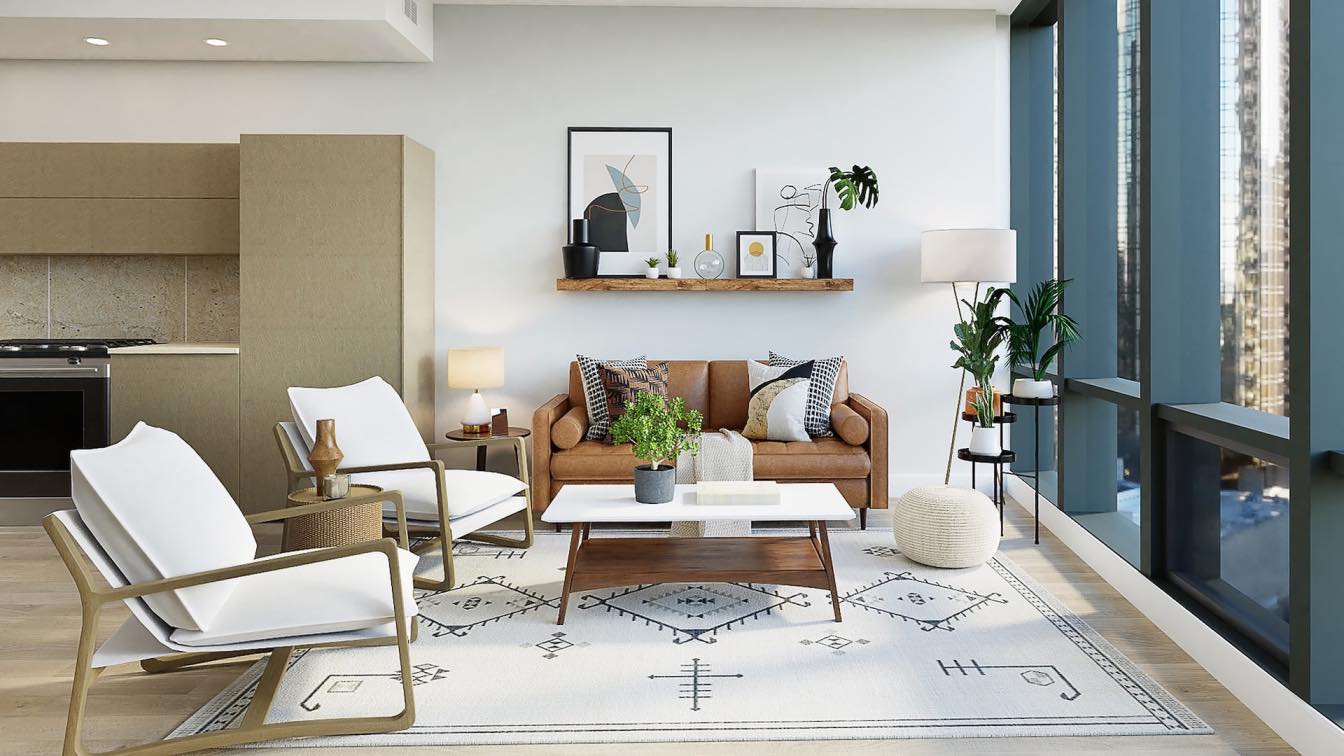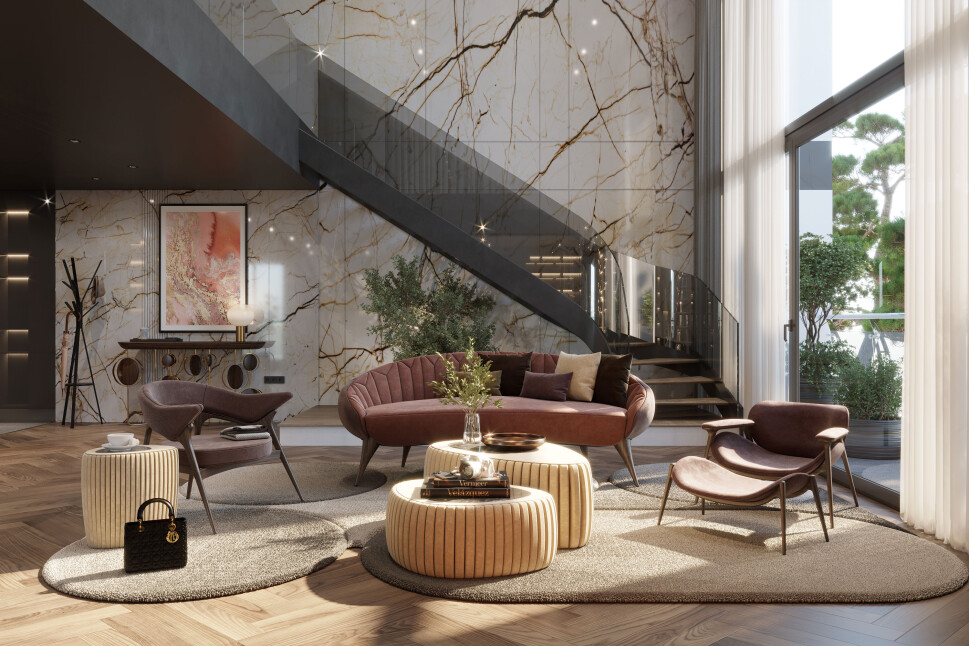Change Your Room with Expert Interior Design Miami Services
Change Your Room with Expert Interior Design Miami Services
Blog Article
Why Recognizing the Principles of Inside Design Is Necessary for Effective Space Preparation
Recognizing the principles of interior layout is basic to efficient area preparation, as it lays the groundwork for creating atmospheres that harmonize capability with visual appeal. Necessary elements such as balance, circulation, and proportion are not merely decorative factors to consider; they are crucial in optimizing just how a room is used.
Significance of Space Preparation
Room planning is a fundamental facet of interior decoration that considerably influences the capability and aesthetics of a room. It includes the strategic setup of furnishings, fixtures, and building aspects to optimize making use of offered space while boosting the general user experience. Reliable room planning addresses numerous aspects, including circulation, ease of access, and the specific requirements of the occupants.
Among the primary benefits of room planning is its capacity to enhance spatial performance. Interior design Miami. By attentively organizing a design, developers can guarantee that every location offers an objective, decreasing clutter and promoting a feeling of order. Additionally, correct space preparation fosters a harmonious atmosphere, enabling for seamless motion and communication within a space
In addition, successful area preparation considers all-natural light, sightlines, and the connection in between different areas. This all natural strategy not only raises the visual allure but additionally adds to the well-being and efficiency of the passengers. Inevitably, a well-executed space plan is critical in developing a balanced and inviting environment, making it crucial for any indoor layout task.
Key Principles of Interior Decoration

One basic concept is equilibrium, which can be balanced, asymmetrical, or radial. Balanced balance develops a feeling of order, while unbalanced balance provides a more vibrant aesthetic allure. An additional vital principle is proportion and scale, ensuring that the dimension of furnishings and decor components relate harmoniously per other and the overall space.
Color concept additionally plays a significant role, affecting state of mind and assumption. Developers utilize shade palettes to evoke specific feelings and enhance the spatial experience. Additionally, the principle of rhythm includes developing a feeling of activity via rep of forms, patterns, or shades, guiding the eye throughout the space.
Lastly, the concept of focus routes focus to focal factors, enabling for a clear narrative within the design. Interior designer Miami. By sticking to these vital concepts, interior designers can develop settings that not only meet functional needs however likewise resonate with the owners on a psychological degree
Impact on Functionality and Circulation

The plan of furniture, the option of materials, and the combination of innovation all play important functions in achieving optimum performance. As an example, placing seating locations in distance to work areas can help with communication and collaboration, therefore improving productivity. In addition, making sure that pathways are unblocked and clear enables effective activity, minimizing congestion and promoting an all-natural flow throughout the area.
Furthermore, including elements such as lights and color can additionally aid in defining locations, making it much easier for people to navigate their setting. Thoughtful space preparation thinks about not just the physical aspects of style yet also just how users communicate with their environments. Ultimately, a focus on capability and flow not only improves the customer experience however likewise elevates the overall effectiveness of the space, producing an atmosphere that satisfies the demands of its owners while cultivating a feeling of consistency official statement and equilibrium.
Enhancing Aesthetic Appeals and Mood
3 crucial elements-- color, structure, and lighting-- play essential functions in boosting the aesthetics and mood of an interior space. Color develops the psychological tone; cozy hues like reds and oranges evoke energy and warmth, while cooler tones such as blues and greens advertise peace and peace. Picking a harmonious color palette can change a room, developing a aesthetically attractive and cohesive environment.
Texture adds deepness and passion, adding to the tactile experience within a space. A mix of textures-- smooth surfaces, deluxe textiles, and natural materials-- can create aesthetic intrigue and improve comfort. As an example, pairing a soft velvet couch with a smooth glass coffee table can produce a balanced visual that welcomes interaction.
Lighting, usually an ignored element, dramatically effects state of mind. Natural light fosters an open, ventilated atmosphere, while purposefully put artificial illumination can develop warmth and emphasize architectural functions. Dimmer buttons allow convenience, enabling changes to suit different tasks or times of day.
Including these three components attentively not only boosts the visual charm of an area yet also grows an ambience that resonates with its designated function, inevitably improving the overall experience for its passengers.
Practical Applications in The Real World
Applying interior style concepts in reality calls for a thoughtful strategy that incorporates color, texture, and illumination right into everyday areas. By comprehending just how these aspects work together, individuals can produce atmospheres that are not just aesthetically enticing yet harmonious and also practical.
For instance, in a little living location, utilizing a light shade combination can make the room really feel bigger and extra open. Strategic use mirrors can enhance all-natural light and develop an impression of deepness. Including numerous appearances via fabrics, such as paddings and carpets, can add heat and passion without frustrating the detects.
Lighting plays an important function in defining the atmosphere. Layered lights, including ambient, job, and accent choices, allows flexibility in state of mind settings. In an office, for instance, a mix of natural light, desk lights, and attractive components can increase productivity Get More Information while maintaining a welcoming atmosphere.
Furthermore, understanding spatial relationships and furniture setup can bring about enhanced functionality. By sticking to concepts such as balance and percentage, one can make sure that areas offer their designated purpose while remaining cosmetically pleasing. In general, practical applications of interior decoration principles significantly improve the livability and appeal of any kind of atmosphere.
Conclusion
In verdict, understanding the concepts of check my reference interior decoration is vital for effective room planning, as it fosters an equilibrium between performance and looks. By applying crucial concepts such as percentage, color concept, and circulation, designers can develop atmospheres that boost both functionality and visual appeal. Inevitably, this understanding adds to the growth of spaces that not only satisfy functional demands but also raise the general atmosphere, bring about more delightful and efficient experiences for users.
Comprehending the concepts of indoor design is essential to reliable space planning, as it lays the foundation for creating environments that balance capability with visual appeal.Area preparation is a basic facet of interior design that substantially affects the capability and visual appeals of a room. Additionally, appropriate area preparation promotes an unified setting, permitting for smooth activity and interaction within a space.
Additionally, the principle of rhythm involves creating a sense of activity via rep of forms, shades, or patterns, guiding the eye throughout the space.
In conclusion, comprehending the concepts of interior style is essential for efficient space planning, as it fosters an equilibrium in between capability and appearances.
Report this page